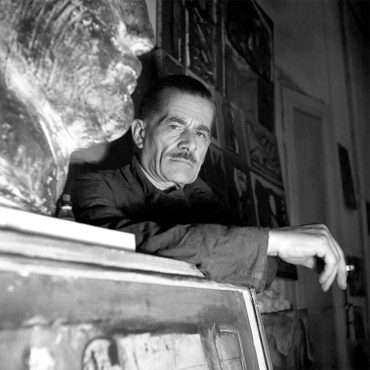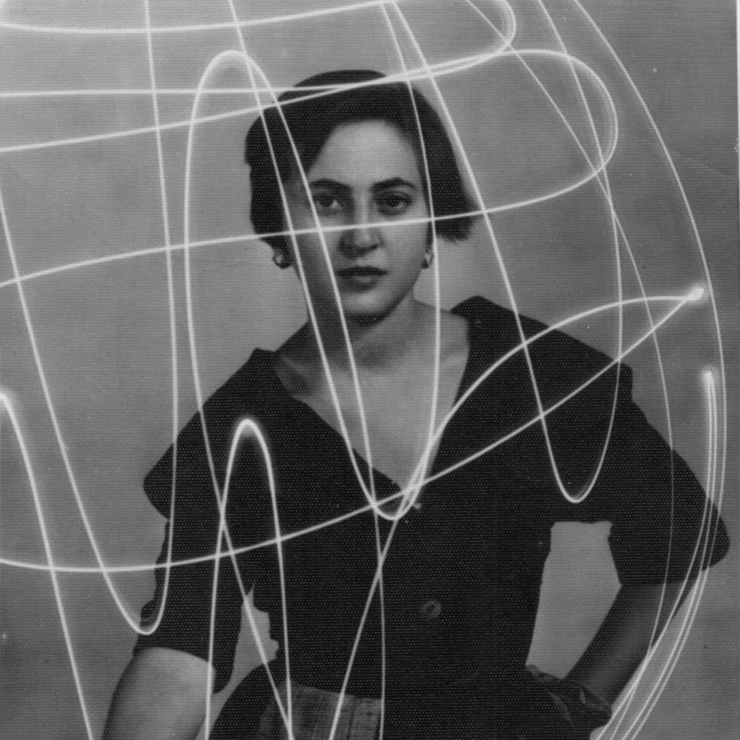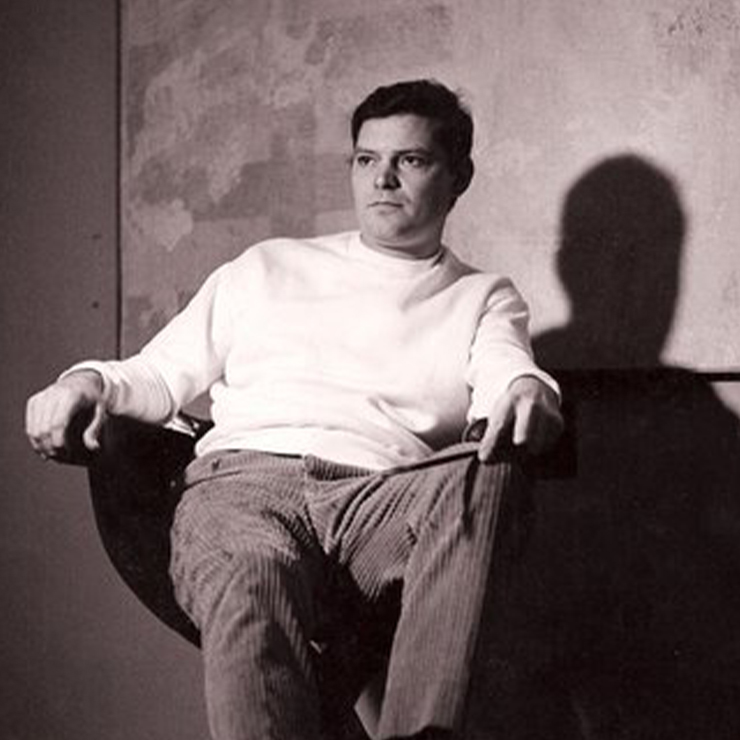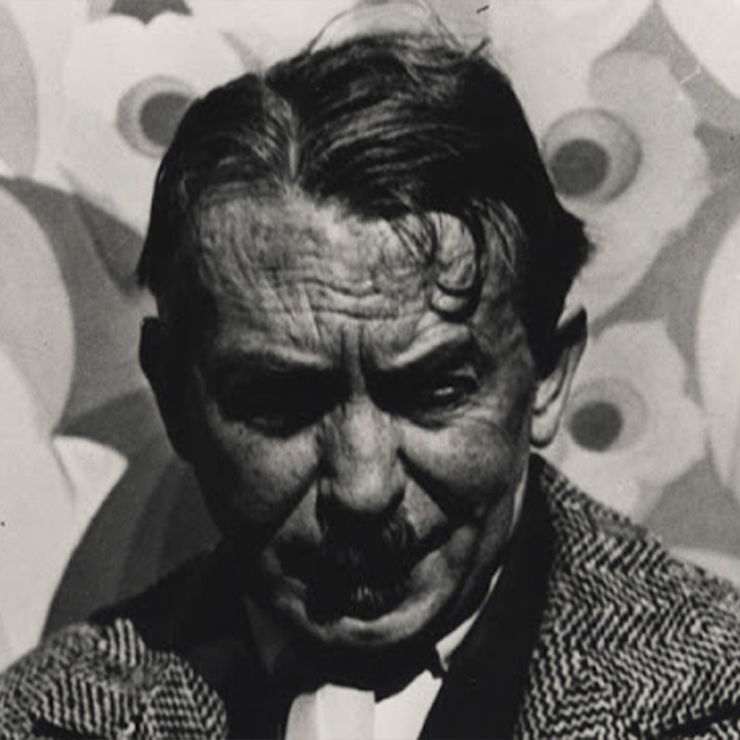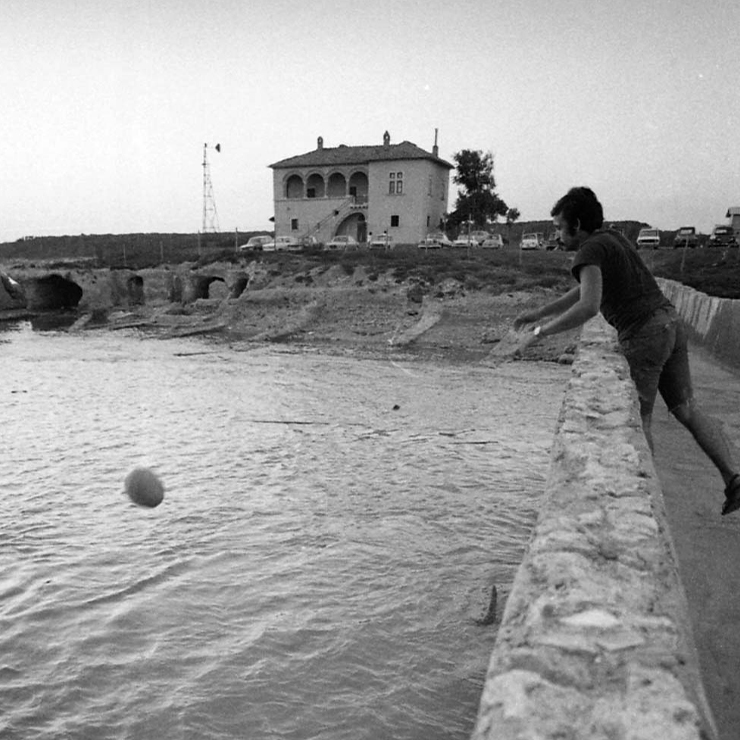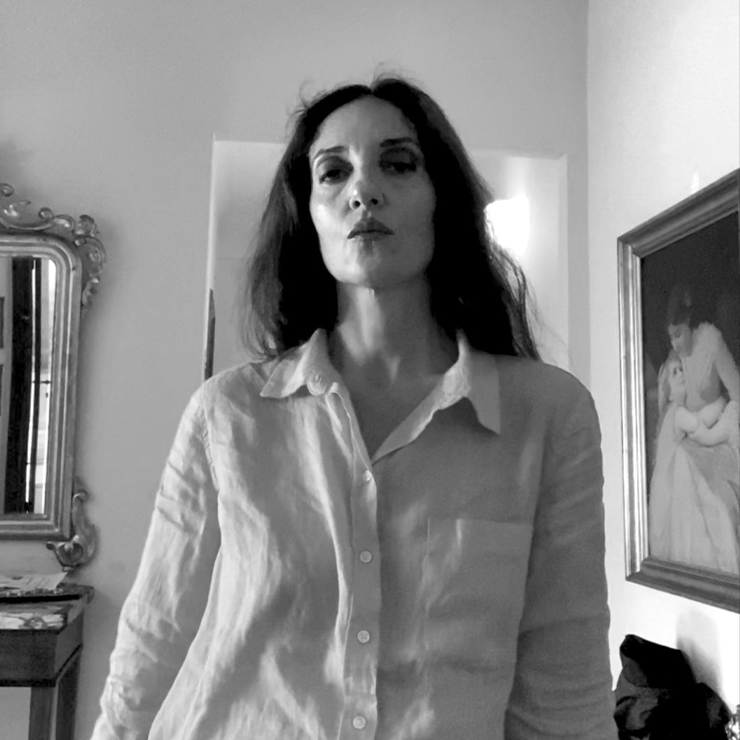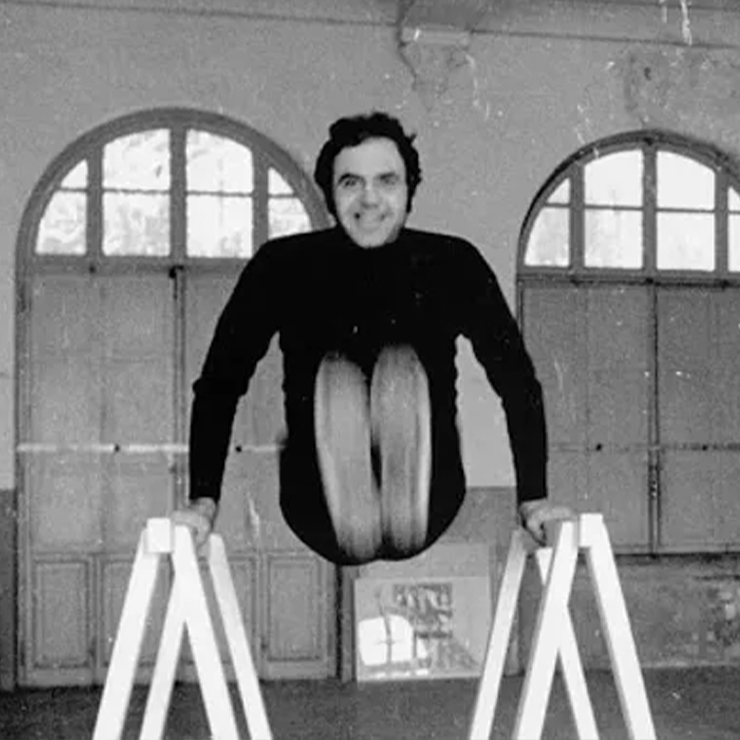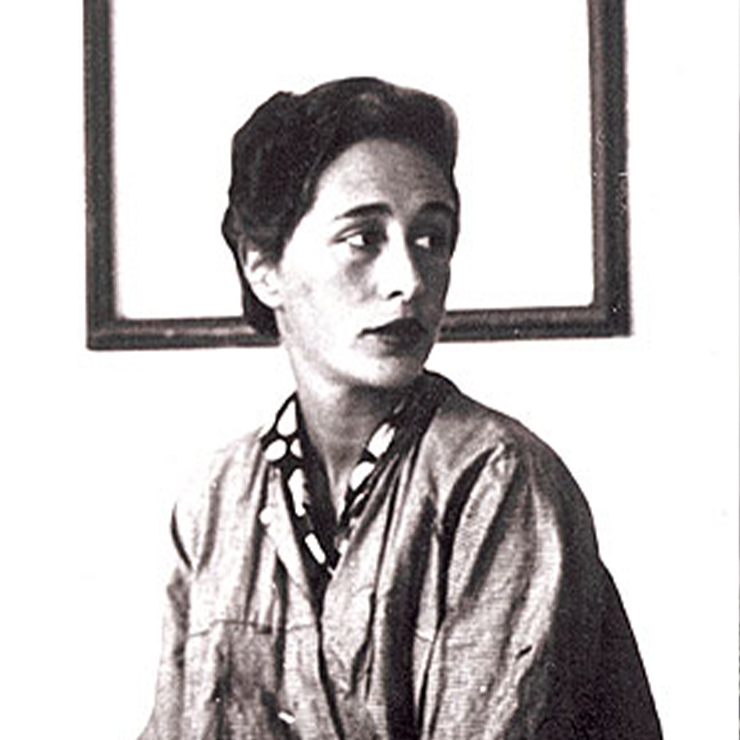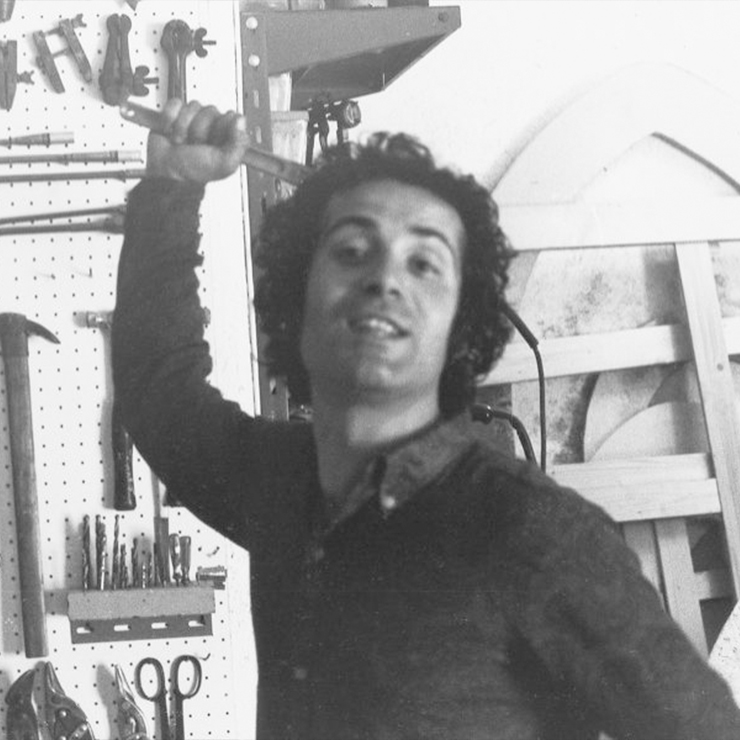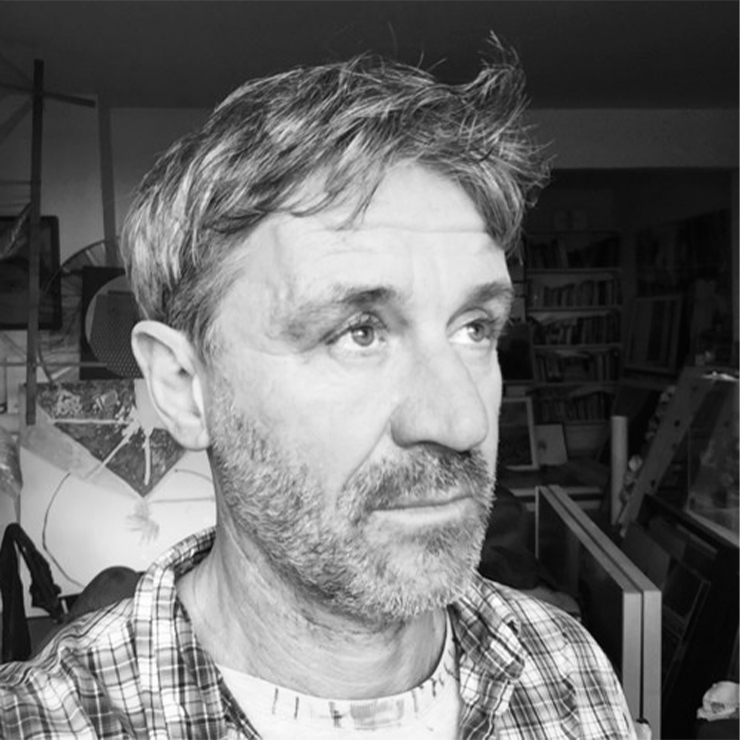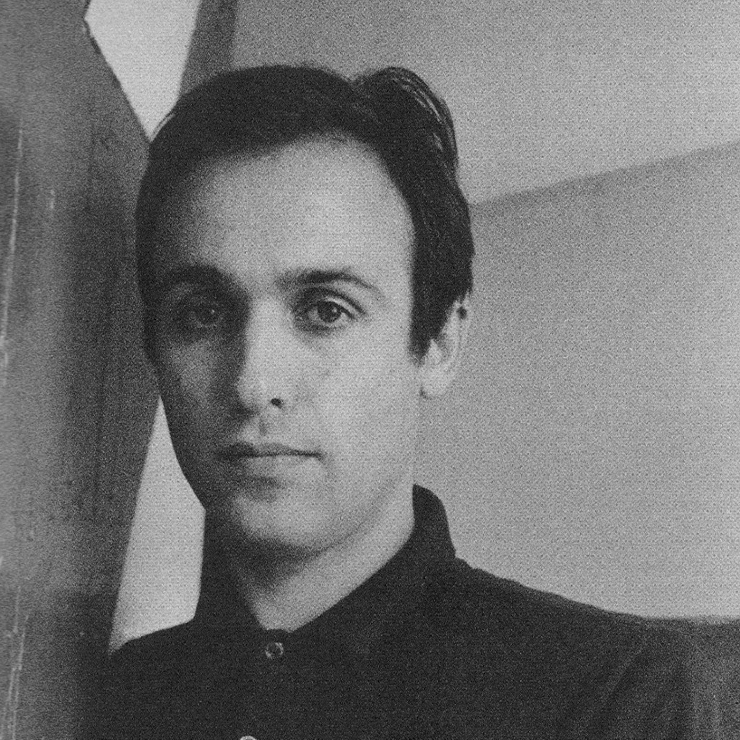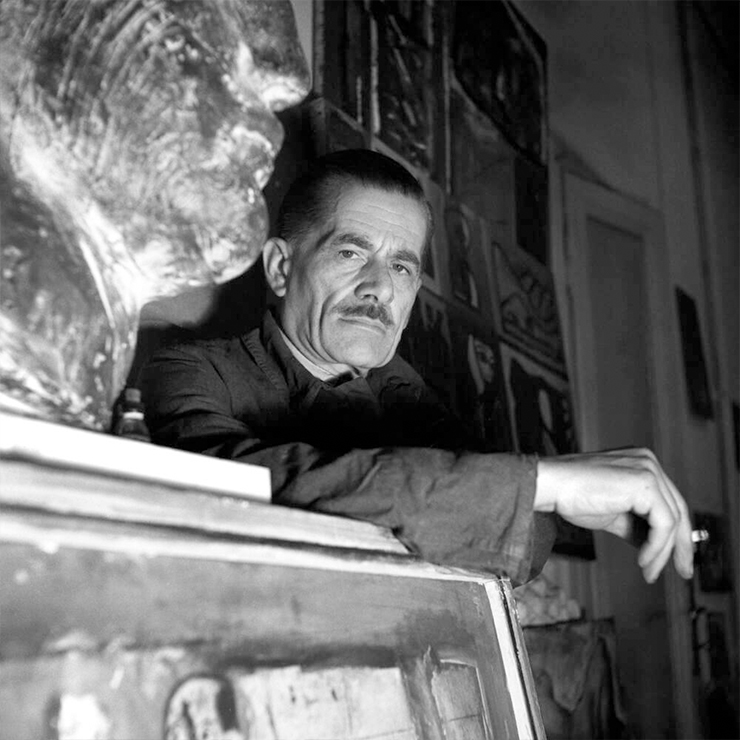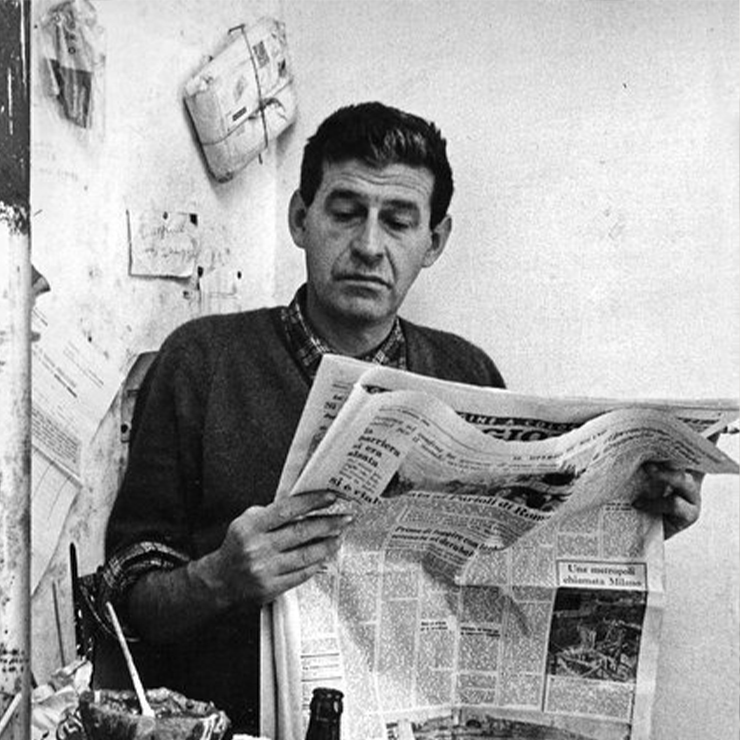Eddart - Works
Mario Sironi
È stato un pittore italiano ed uno dei più importanti protagonisti del Novecento. Nato in Sardegna, si trasferisce insieme alla sua famiglia a Roma dove incontra gli artisti Boccioni e Severini e dove frequenta lo studio di Balla. A partire dal 1913, ispirato anche dall’opera degli amici si avvicina al futurismo. Nel 1914 nella Galleria “Permanente Futurista” a Roma, si tengono le prime mostre di questo movimento e Sironi è presente. Dopo la guerra si trasferisce a Milano, dove nasce la serie di dipinti dedicati alle periferie, ai paesaggi urbani, tra i risultati più alti del suo percorso. Nel 1919 l’adesione al fascismo che, per Sironi, era intesa come possibile rinascita dell’Italia e dell’arte italiana, ma che ha pesato molto, nel giudizio sulla sua opera. Nel 1921 inizia la collaborazione con “Il Popolo d’Italia”, una collaborazione che continuerà ininterrottamente fino al 1942, in questo momento era infatti conosciuto soprattutto come illustratore. Nel 1922 fonda, nella “Galleria Pesaro” di Milano, il movimento “Novecento”, per una pittura classica, purista. Nel 1926, partecipa con altri artisti alla grande mostra del “Novecento italiano”, al Palazzo della Permanente di Milano. Nel 1932 partecipa alla XVIII Biennale di Venezia e riceve l’incarico di realizzare alla Mostra della Rivoluzione Fascista alcune delle sale più importanti, quelle della “Marcia su Roma”, il “Salone d’onore” e la “Galleria dei fasci” che decora con un grande bassorilievo “L’Italia in marcia”. Gli anni Trenta sono segnati soprattutto dalla pittura murale, le tele vengono sostanzialmente abbandonate per un’arte che sappia parlare al maggior numero di persone possibile. Nel 1961 gli viene attribuito il Premio Città di Milano, dopo qualche mese morì nella stessa città.
Eddart
Le Opere di Mario Sironi
Italia Corporativa
Anno: 1936
Tecnica: olio su tela
Dimensioni: 209×277 cm
Crediti Foto: Eddart

